Portuguese Egg Tarts | Portuguese Egg Cream Tarts Recipe
If you have ever traveled to Portugal, you probably know that the Portuguese egg tart is one of the best pastries to eat in extra due to its flaky, crisp crust and creamy, cream-filled middle that is blistered on top from the intense heat of the oven.
Portuguese cream tarts are beloved worldwide for their exquisite sweet cream filling and flaky pastry. Just a few common ingredients, you can make them from scratch using this method. Indeed, there are many steps involved, and some technique is required, apart from the result is worth it.
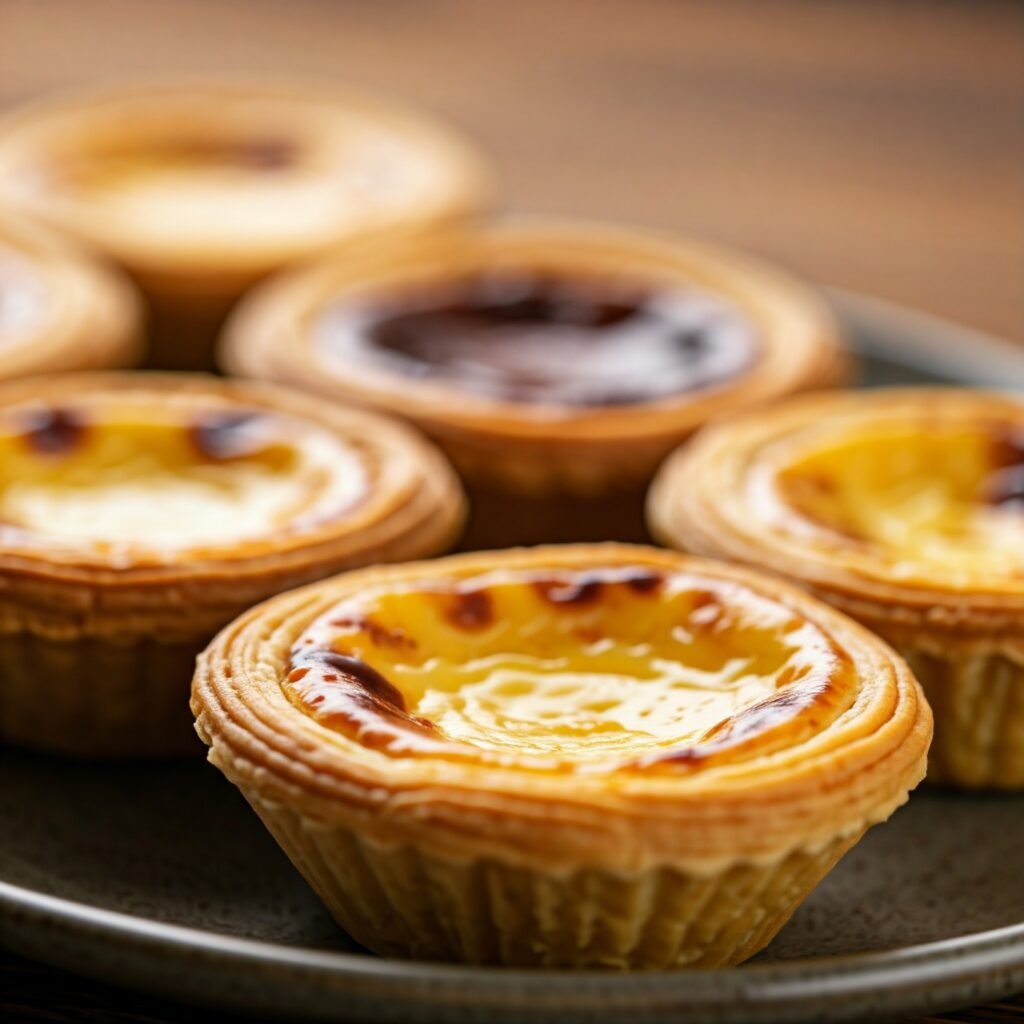
This recipe, which only requires a few ingredients, is all about technique. To be sure it has enough time to properly chill before being pressed into the molds, prepare the puff pastry the night before. I suggest purchasing molds, but if you’d rather not, you can bake these tarts in a muffin tin. The muffin tin tarts’ color will be slightly lighter than that of tarts created in traditional molds since they won’t be exposed to heat as uniformly. Good thing both remain tasty and crisp.
Ingredients:
Dough:
- All-purpose flour (one cup + additional for dusting)
- 1/4 tsp. kosher salt or as per your taste
- 1/3 cup of chilled water
- 1 stick of premium unsalted butter, divided after completely softened
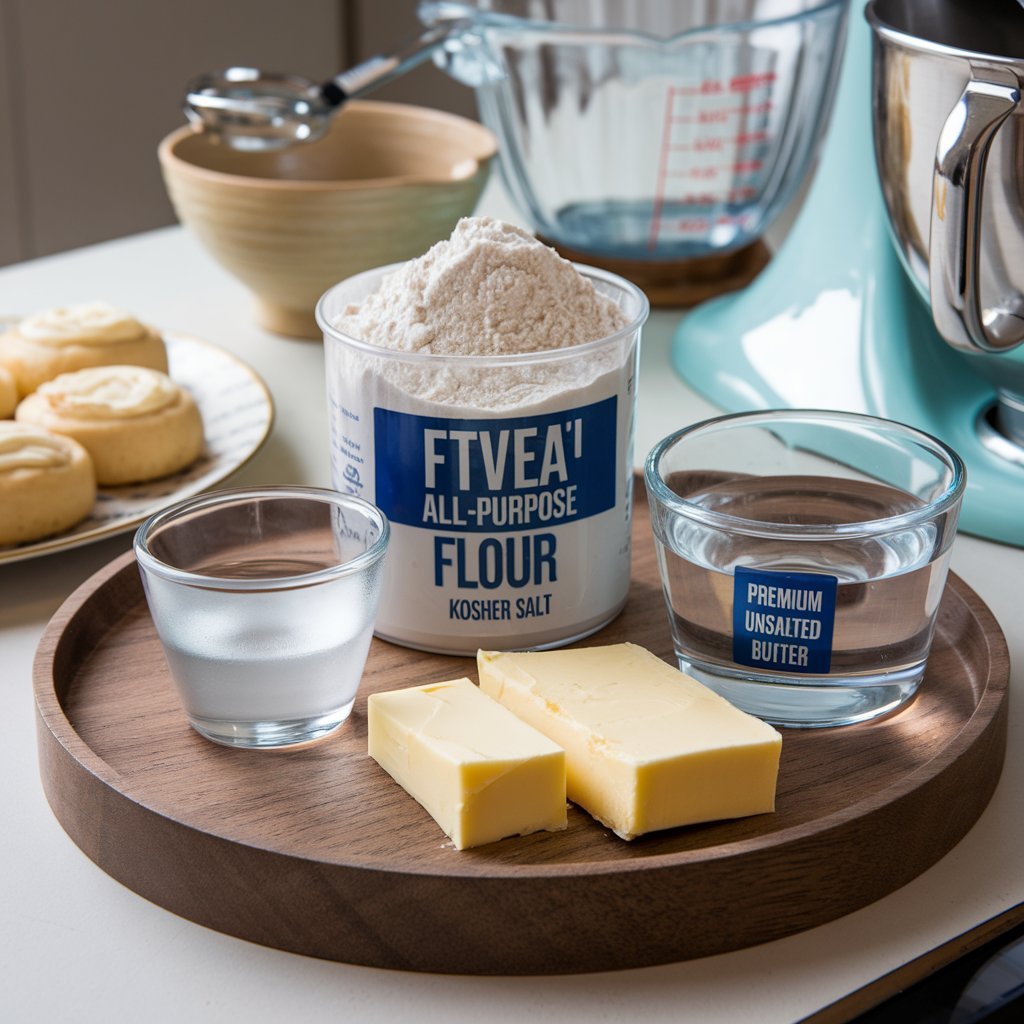
Sugar-Syrup:
- 1/3 cup of powdered sugar
- 1 tablespoon of water
- 1 cinnamon stick (recommended)
- 1 lemon, thinly sliced (Optional)
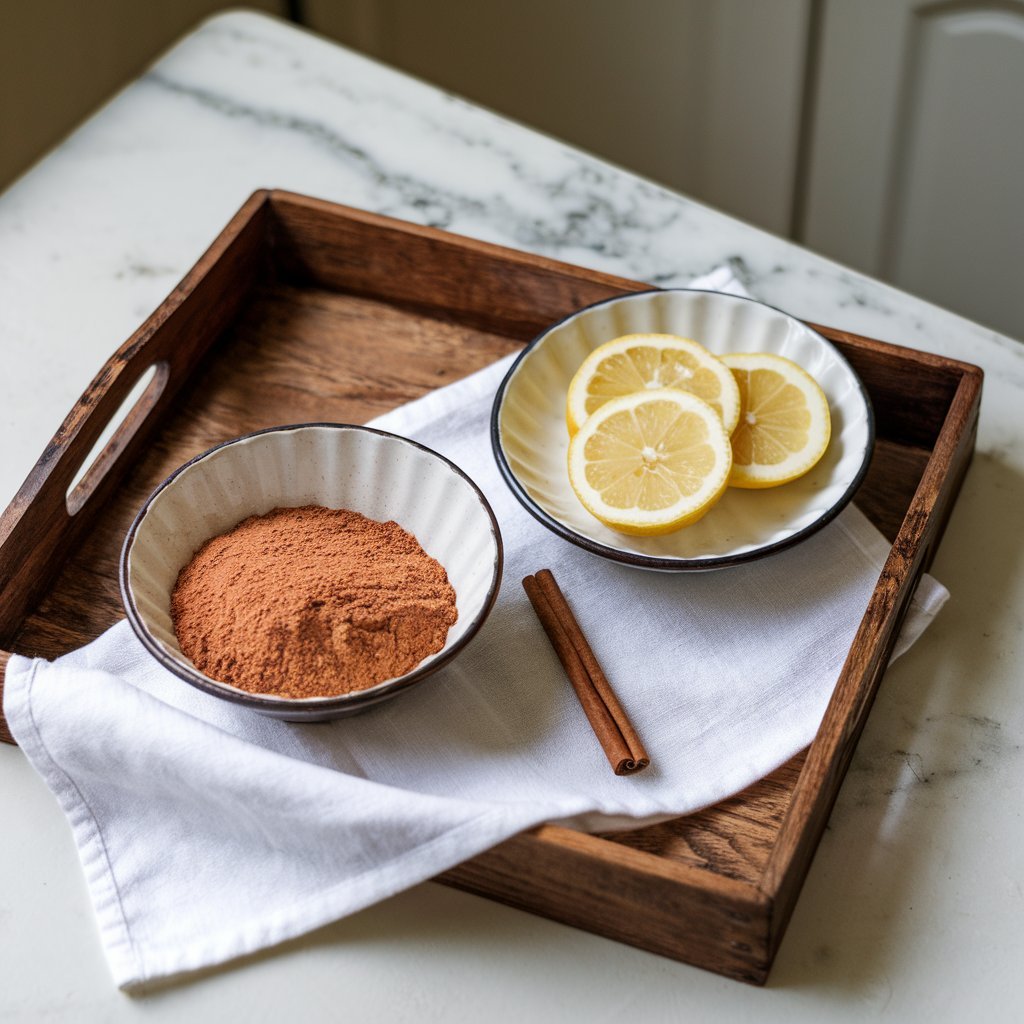
Cream Filling:
- 1/2 cup all-purpose flour
- 1 cup of sterilized cream
- ¼ teaspoon kosher salt
- 1 ½ cup milk
- 6 large egg yolks
- 1 teaspoon of vanilla/lemon essence
- Ground cinnamon for garnish
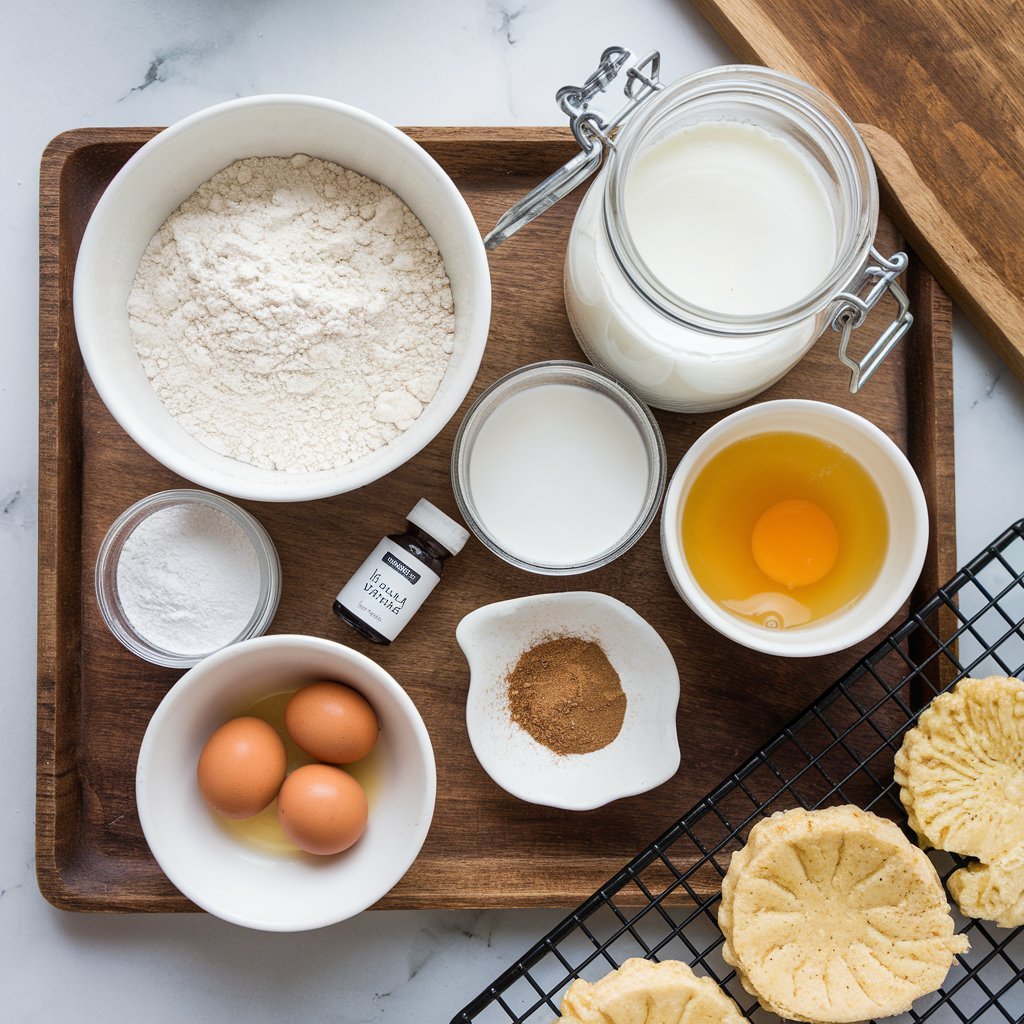
Equipment:
- Egg tart molds or muffin tins
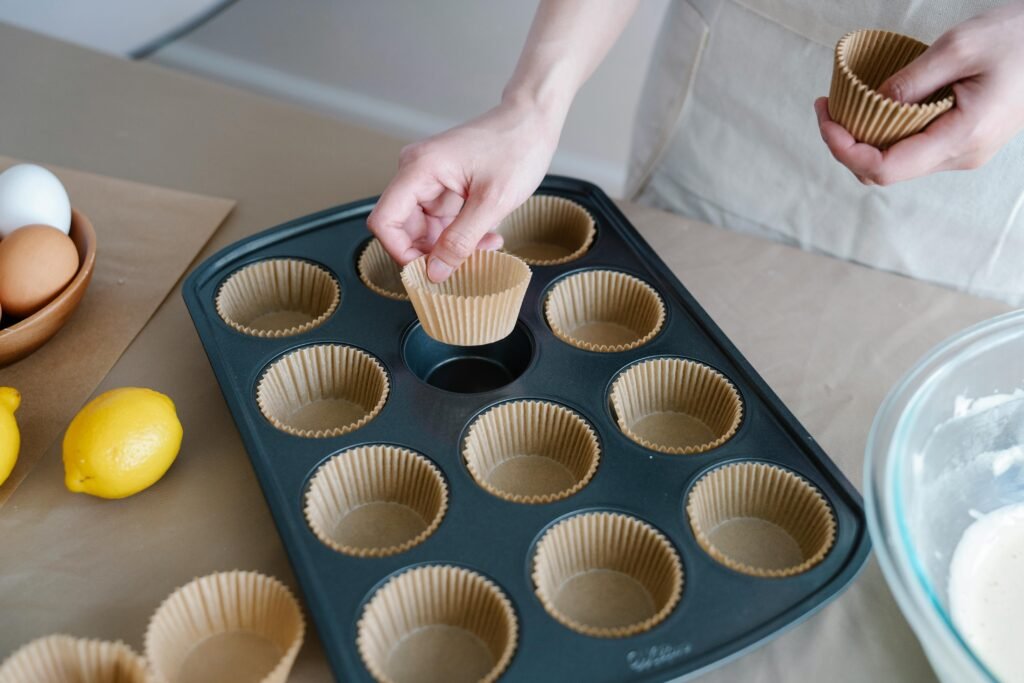
Instructions:
- Beat the butter in a small bowl until it has a sour cream-like consistency. Add the flour, water, and salt to the bowl of a stand mixer that has a hook for the batter set. Mix on low speed, sometimes scraping down the bowl, until the mixture comes together and takes on a sticky consistency.
- Dust a work area with flour and shape it into a 1-inch rectangle. Using a floured rolling pin, shape the dough into a 10-inch-long, ½-inch-thick rectangle. Give 15 to 20 minutes of rest after covering it with plastic wrap.
- Roll the dough into a 15 to 16-inch square after removing the plastic wrap, using more flour as needed. Drizzle one-third of the butter onto the bottom half of the dough, keeping a 1-inch rim. Using a bench scraper, fold the top half of the dough over the butter. Using the rolling pin, pat the dough and press the edges to seal. Again, roll out the dough into a 15 to 16-inch square. Apply half of the leftover butter over the lower half of the dough, enlarging it by 1 inch. Fold the top half of the dough over the butter with a bench scraper. Press every side firmly to seal. With a rolling pin, press down on the dough and turn it so the edge faces you. Now, roll it into an 18-inch rectangle.
- Leaving a 1-inch border around the dough, evenly distribute the leftover butter. Roll the dough tightly into a log, starting with the edge close to you. Cover with plastic wrap and refrigerate for a minimum of two hours, ideally overnight, to make sure it remains particularly solid.
- Set oven temperature to 450°. Place the sugar, lemon, water, and cinnamon stick in a medium saucepan and heat. After one minute of boiling and cooking, remove from the heat and set aside until needed.
- Make sure the ends of the dough are even by trimming them, and then cut the log into thirty-five-inch slices on a lightly floured board. Place each slice into the egg tart mold or muffin pan hollow, and cut the side of the spiral up. Using your thumb, press the center of the spiral into the bottom of the pan to equally flatten the dough against the cavity’s sides and bottom. Press the dough down until it reaches about 1/16 inch above the tart mold rims or ¾ inch up the muffin pan sides. Proceed with the leftover dough. Refrigerate for 10 minutes or until hard.
- At the same time, bring 1 cup plus 1 tablespoon of milk to heat in a small saucepan over medium heat for 5 to 6 minutes, or until the rims begin to bubble. Whisk the flour and the remaining 5 to 6 tablespoons of milk in a large bowl. Keep mixing while progressively adding the heated milk in a thin stream. Whisk the sugar syrup into the milk mixture gradually after taking out the cinnamon stick. Return to the pot and cook for 12 to 15 minutes, continuously whisking over low heat until thickening.
- After thoroughly mixing the yolks, cream, vanilla, or lemon essence, pour the mixture through a fine-mesh sieve. Spoon a quarter of a tablespoon of the heated filling into each pastry case.
- Bake for 15 to 20 minutes, or until the tops are partially blackened, the shells are crisp and golden brown, and the creams are set. Let it cool for five minutes in the pans on wire racks. The tarts should then be taken out of the molds, placed on the wire racks, and dusted with cinnamon.
- Try to serve it warm.
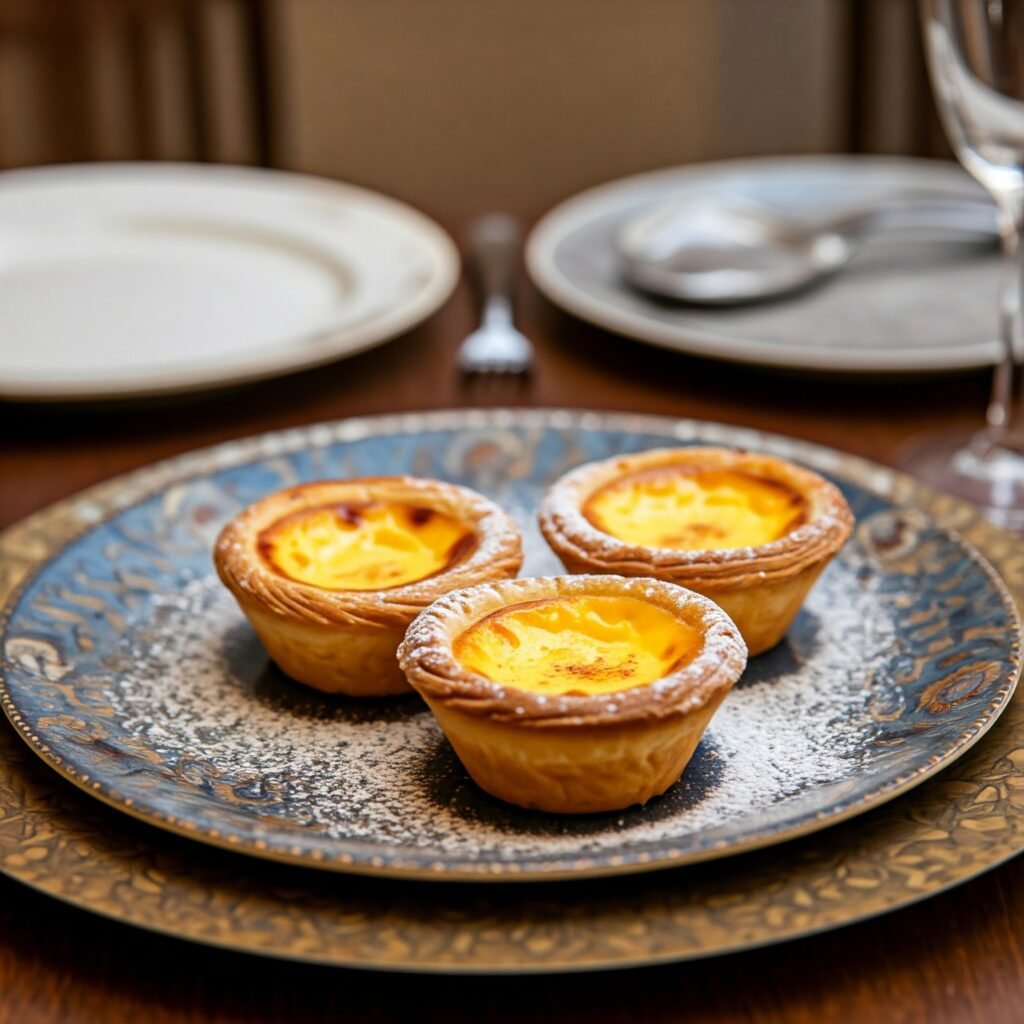
Portuguese cream tarts have a crispy, rich, creamy texture and a luscious sweetness. Try your hand at creating these enticingly tasty cream pastries, which are set apart by their flaky, buttery puff pastry and caramelized topping.

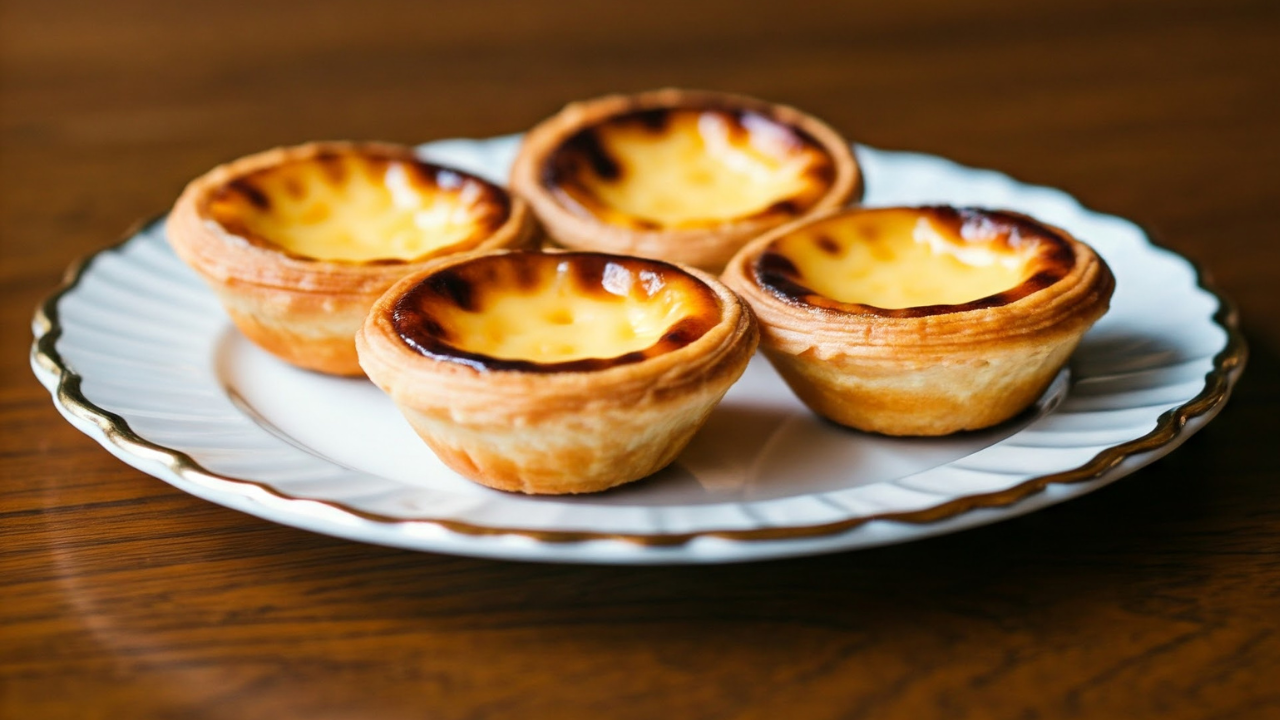

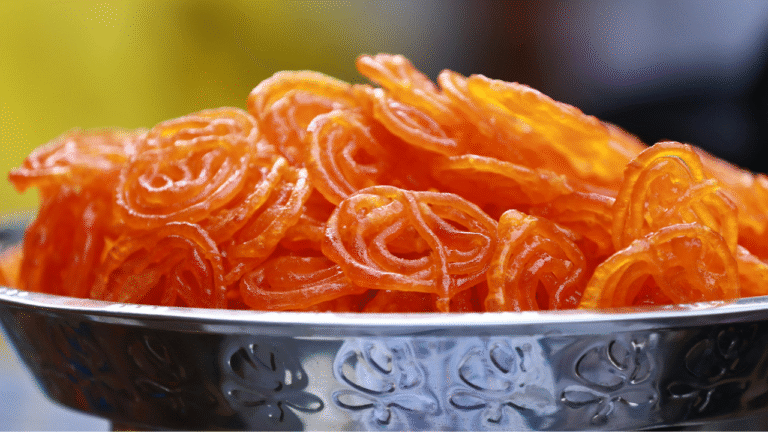
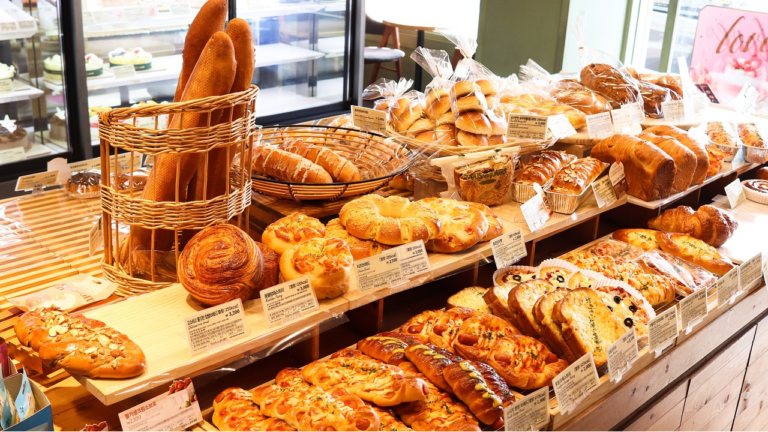


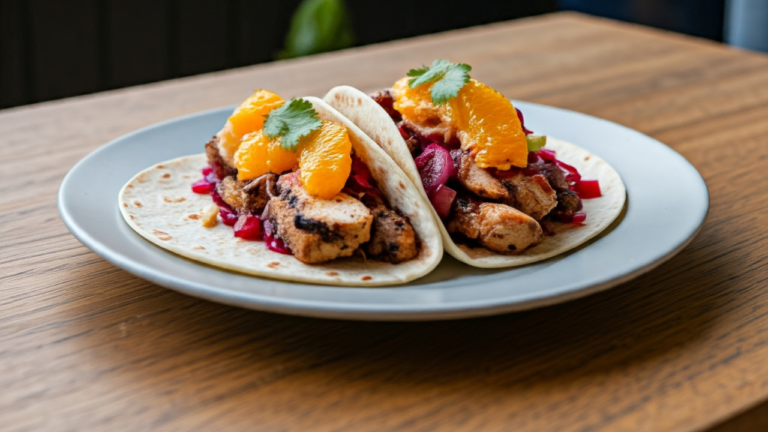
3 Comments